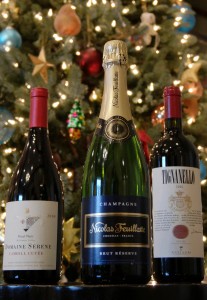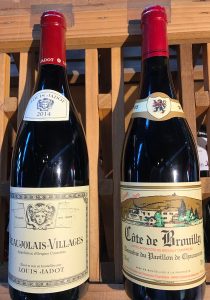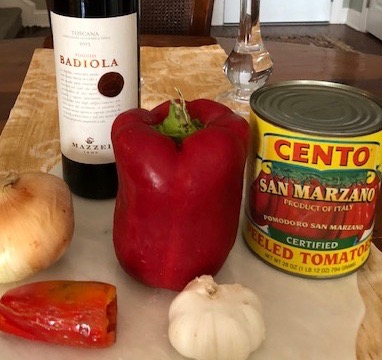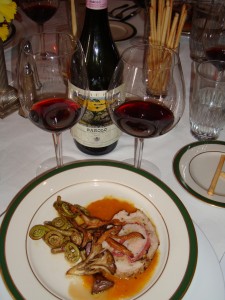Restaurant Dining: setting the Bar high
March 12, 2019 by John BrownI’m not quite sure that I would call this a trend, but I’ve recently noticed that a greater number of restaurant patrons are choosing to dine at the bar of their favorite eateries. Count me among those who prefer to forego the more formal seating in the dining room to roost in close proximity to the wine and other adult beverages being offered.
And hey, it’s not all about the drinks either. Sitting at the bar of a good restaurant has other advantages too, particularly if you’re alone or in a bit of a hurry since meals ordered there seem to be served more quickly. And the bar also offers more intimacy if you are with that someone special.
Yes, there are downsides to bar dining. It’s very difficult to enjoy the experience with more than just two in your party unless you get corner seating where couples can use that 90-degree angle to converse. And noise can be a problem too.
But there is also something special about the feeling or vibe in certain restaurant bars. In these establishments, friends meet regularly to drink, eat and discuss the issues of the day. And even strangers can make new acquaintances in the convivial atmosphere of a good restaurant bar. Of course, these establishments have exceptional bartenders who are knowledgeable, friendly, and loquacious. We are particularly fortunate in Charleston to have several restaurant bars that fill this bill quite nicely. Here are my favorites.

Bricks and Barrels has a very long L-shaped bar that is just about the perfect place to have your meal, or just sip an after work drink. The wine by the glass list is well-conceived and features one of my favorite zinfandels – Easton Amador County – by the glass. The restaurant has recently added some new menu selections and has excellent appetizers. Bricks and Barrels’ bartenders – Drew and Cody- know their stuff and can whip up any drink you can possibly think of. Try the Lightning Bug.
Soho’s U-shaped bar at Capitol Market is one of my favorite places to whet my whistle, meet friends and dine on the extensive Italian selections on the menu. Joey is the bartender and, if you’re a regular, he knows what you want to drink before you do. The wine by the glass list is fairly comprehensive. I love the Zaccagnini Montepulciano D’Abruzzo (red) to pair with the wild mushroom and caramelized onion thin-crusted pizza. You might also sip a glass of Ferrari-Carano Chardonnay to accompany the chicken Alfredo pasta.
It’s hard to top the bar at the Chop House during happy hour. Excellent appetizer and drink prices along with a friendly and competent bar staff, make this a super place to enjoy happy hour or a meal. The Chop House has a broad selection of wines by the glass and two of my favorites are the Erath Pinot Noir and the Chalk Hill Chardonnay. The calamari appetizer is top notch too.
A few other restaurants in town feature bars where it is fun to sip and sup. I love the food and wine at The Market in South Hills where the long bar has ample room for dining. And Howard at The Bridge Road Bistro is one of Charleston’s best bartenders. The Bistro has a very nice bar area with a good selection of wines by the glass. The Block in downtown Charleston is also a great place to eat and drink at the bar or in the bar area. The owner of the restaurant, Des Baklarov, has put together a deep selection of bottles from most of the world’s great wine appellations.
I’ve also enjoyed the wine and food in the bar area at Noah’s where it’s often difficult to score a table in the main dining room. I am also a fan of the food and drink at Bluegrass Kitchen’s bar where you are up close and personal to live music just about every night of the week.
Of course, I must give a big shout out to Haley at the Red Carpet Lounge who has been serving me a varied selection of beverages at the bar for several years. And now, with a new outdoor kitchen under construction at the Carpet, we’ll be seeing more dining options on the menu too.
So the next time you’re going to be dining out, you might wish to consider enjoying your meal at a restaurant that sets a high bar!










